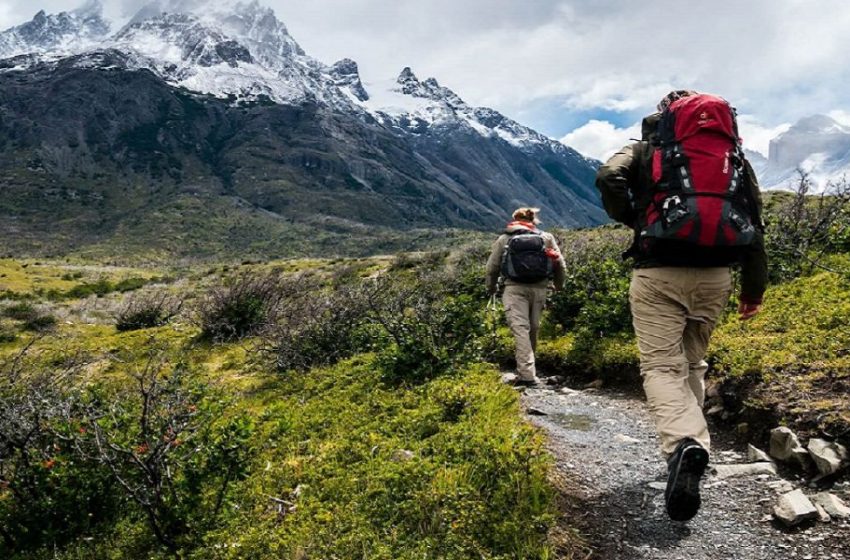
Sustainability in the Great Outdoors: A Greener Approach to Outdoor Activities
In the realm of Sports & Outdoors, a profound shift toward sustainability is underway. As outdoor enthusiasts, we have a responsibility to protect the environments we love to explore. Join us as we delve into the world of sustainable outdoor activities and discover how you can enjoy nature while leaving a lighter footprint.
Embracing Eco-Friendly Gear
Sustainable Materials
Today, outdoor gear manufacturers are increasingly using sustainable materials like recycled plastics, organic cotton, and bamboo. These materials reduce the environmental impact of production and often perform just as well as traditional counterparts.
Gear Repair and Maintenance
Rather than discarding damaged gear, consider repairing and maintaining it. Many outdoor stores offer repair services, and DIY gear repair kits are readily available.
Leave No Trace Principles
The 7 Principles
The Leave No Trace Center for Outdoor Ethics has established seven principles to minimize human impact on nature. These principles include disposing of waste properly, minimizing campfire impact, and respecting wildlife.
Educating Others
Spread the word about Leave No Trace principles and educate fellow outdoor enthusiasts. The more people who follow these guidelines, the greater the positive impact on the environment.
Sustainable Outdoor Activities
Hiking and Backpacking
Hiking and backpacking are popular outdoor activities that can be made more sustainable by choosing eco-friendly trails, practicing Leave No Trace, and minimizing waste.
Cycling
Cycling is an excellent eco-friendly mode of transportation for outdoor adventures. Consider bikepacking to reduce the need for fossil fuels and explore scenic routes.
Sustainable Camping
Eco-Friendly Campsites
Choose campsites that prioritize sustainability, offering recycling facilities and eco-friendly amenities. Look for campgrounds that have earned eco-certifications.
Low-Impact Campfires
If campfires are allowed, use a camp stove instead. Campfires can scar the landscape and consume limited wood resources.
Final Words
Sustainability in the great outdoors is not only achievable but essential. By embracing eco-friendly gear, adhering to Leave No Trace principles, and choosing sustainable activities, we can enjoy the natural world responsibly. Let’s protect the environment so that future generations can continue to experience the wonders of the outdoors.
Commonly Asked Questions
Q1: How can I find eco-friendly outdoor gear?
A1: Look for brands with a commitment to sustainability, such as those using recycled materials and environmentally responsible manufacturing processes.
Q2: What is the easiest way to reduce waste while camping?
A2: Pack reusable containers and utensils, minimize single-use plastic, and practice Leave No Trace principles to ensure a minimal impact.
Q3: Are there any outdoor certifications or labels to look for when choosing eco-friendly products?
A3: Yes, certifications like “Bluesign” and “Fair Trade” indicate that products meet specific sustainability and ethical criteria.
Q4: Can I make my outdoor adventures carbon-neutral?
A4: While it can be challenging to eliminate all carbon emissions, you can offset them by supporting reforestation projects or purchasing carbon offsets.
Q5: What can I do to encourage others to adopt sustainable practices in the outdoors?
A5: Lead by example, educate others about sustainable practices, and share your experiences to inspire others to follow suit.


